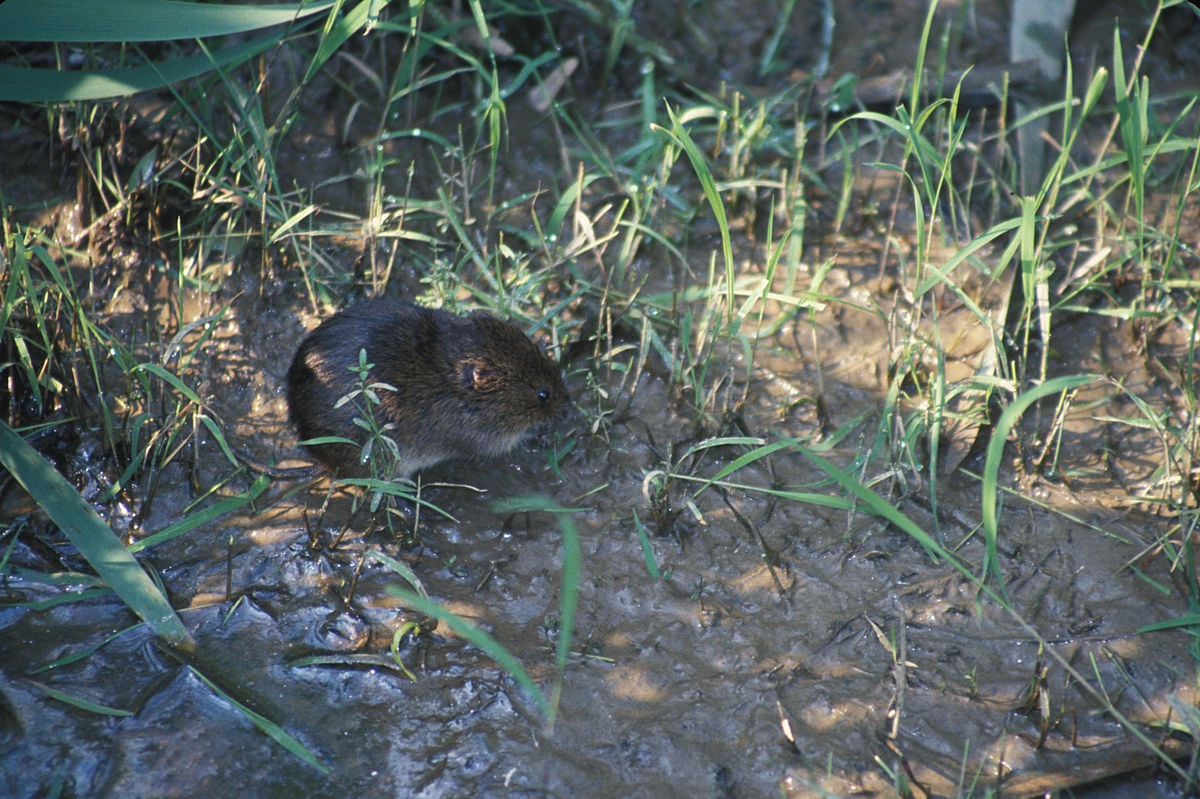Comprehensive Vole Pest Control Services in Utah
Comprehensive Vole Pest Control Services in Utah
Blog Article
Comprehensive Overview to Effective Vole Bug Control: Problem Identification and Therapy Methods
In the realm of reliable pest control, vole infestations posture a distinct challenge that requires a calculated method. By exploring the subtleties of vole habits, comprehending key indicators of invasion, and evaluating a range of control options, one can create a detailed technique to deal with these evasive insects.
Understanding Vole Behavior
Vole behavior is identified by their burrowing routines and rapid recreation rates, making them a challenging parasite to regulate effectively. Their quick reproductive price more complicates control efforts, with ladies capable of producing several litters in a solitary year, each consisting of several offspring.
Voles are most energetic throughout the very early morning and night hours, spending most of their time foraging for food. Their tunneling behaviors not just interrupt yards and yards but also make them testing to discover and remove. Understanding vole actions is critical for effective insect control strategies. By determining their burrow locations, keeping an eye on feeding locations, and executing targeted control methods, such as capturing or environment adjustment, vole invasions can be managed efficiently.
Signs of Vole Infestation

Prevention Methods
Implementing reliable prevention methods is essential in minimizing vole problems and protecting plants from their destructive feeding behaviors. To stop vole infestations, it is necessary to start by removing prospective food resources and sanctuary.
Consistently inspecting the residential property for signs of vole activity, such as runways and delve openings, is essential for very early detection and timely activity. If vole task is believed, think about using repellents or traps tactically placed near their paths.
Non-Lethal Control Approaches
To successfully handle vole populaces while prioritizing humane approaches, non-lethal control approaches provide functional services for reducing vole damage in landscapes and yards. One efficient method is making use of physical barriers such as hardware towel or wire mesh to secure vulnerable plants. These obstacles can be buried a minimum of 12 inches deep and bent at a 90-degree angle to stop voles from burrowing below. Additionally, habitat adjustment can prevent voles by decreasing their favored food resources and hiding spots. Maintaining a well-mowed grass, getting rid of particles, and keeping plant life trimmed can make the setting less appealing to voles.

Lethal Control Options
One effective technique for addressing vole invasions in landscapes and yards involves the strategic usage of dangerous control alternatives. When confronted with a serious vole infestation that non-lethal techniques have actually fallen short to consist of, executing deadly control actions becomes vital. One typically employed deadly control choice is making use of breeze catches. These catches are developed to swiftly and humanely eliminate voles upon activation, making them a preferred option for several gardeners and landscaping companies. To raise the efficiency of snap catches, it is recommended to position them in locations where vole activity is high, such as along runways or near burrow entryways. One more deadly control alternative is the use of hazardous lures particularly developed to target voles. These lures contain poison that is ingested by the voles, resulting in their learn the facts here now ultimate death. Nonetheless, care needs to be worked out when making use of toxic baits to avoid injury to non-target animals or see this here animals. Generally, when employing lethal control options, it is essential to do so sensibly and based on regional regulations to effectively manage vole infestations.
Conclusion
Finally, reliable vole pest control calls for a comprehensive understanding of vole habits, recognition of indicators of infestation, application of avoidance strategies, and usage of both non-lethal and deadly control techniques. By combining these approaches, individuals can properly manage vole populaces and safeguard their residential or commercial property from damage. It is very important to address vole invasions immediately to avoid further issues and decrease the effect on the surrounding atmosphere.
Provided the intricate tunnel systems and rapid reproduction rates characteristic of voles, acknowledging the indications of vole invasion ends up being necessary in effective pest control. One of the primary indicators of vole visibility is the existence of surface area paths or tracks in turf or snow, usually concerning 1-2 inches wide, developed as voles take a trip between their burrows and food sources.To efficiently handle vole populations while focusing on humane techniques, non-lethal control approaches use functional services for reducing vole damage in landscapes and yards.One effective method for addressing vole problems in landscapes and gardens entails the calculated usage of lethal control alternatives. vole pest control.In conclusion, efficient vole pest control needs an Read Full Report extensive understanding of vole behavior, recognition of indications of infestation, application of prevention approaches, and use of both non-lethal and deadly control techniques
Report this page